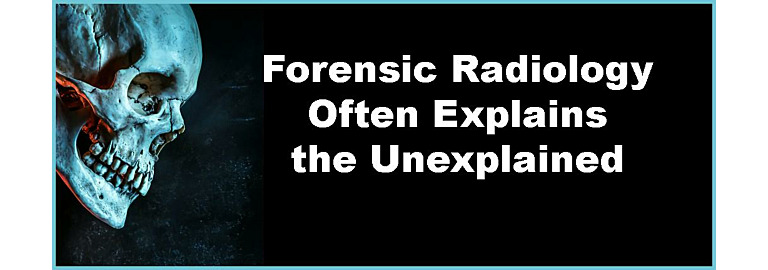The Crucial Role of Forensic Radiology: Unveiling Truth Through Imaging
Forensic radiology plays a vital role in the justice system, offering invaluable insights that help solve crimes and ensure justice. By utilizing advanced imaging techniques, forensic radiologists can uncover critical evidence that might otherwise remain hidden.
Why Forensic Radiology Matters:
- Detailed Evidence Collection: Forensic radiology provides detailed images of skeletal structures and soft tissues, allowing for the identification of trauma, foreign objects, and other critical evidence that can be pivotal in criminal investigations.
- Non-Invasive Investigation: Using imaging techniques such as X-rays, CT scans, and MRIs, forensic radiologists can conduct thorough examinations without altering the integrity of the evidence, preserving it for further analysis.
- Identifying Victims: Radiographic imaging can help in the identification of victims, particularly in cases of severe trauma or when traditional identification methods are not possible.
- Supporting Legal Cases: Forensic radiologists provide expert testimony in court, explaining the findings from imaging studies and how they contribute to understanding the cause of injury or death, thereby supporting legal proceedings.
- Advancing Technology: Ongoing advancements in imaging technology continue to enhance the capabilities of forensic radiology, improving the accuracy and efficiency of investigations.
Forensic radiology is an essential field that bridges the gap between medical imaging and legal justice. By uncovering hidden evidence and providing expert analysis, forensic radiologists play a crucial role in solving crimes and ensuring that justice is served.

